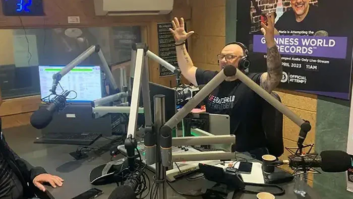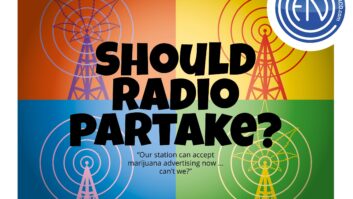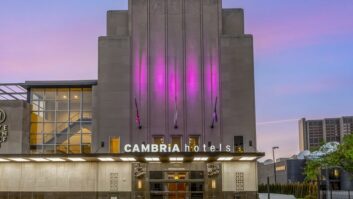This commentary was sent to Radio World by the Broadcast Maximization Committee.

credit: iStockphoto/Robert Morton The Broadcast Maximization Committee would like to respond to and clarify a couple of points raised in the recent Ben Downs interview (“AM Needs Technological Help,” Sept. 12), with respect to BMC’s Channels 5 and 6 expanded band (“EXB”) proposal.
The subject of using TV Channels 5 and 6 for radio broadcast is being actively discussed in broadcast circles and was raised in a panel on “The State of Radio Policy” at the fall Radio Show in Dallas in September.
First, the BMC would like to thank Mr. Downs for his recognition of the effort put forth by the group to aid AM broadcasters in a re-energizing this service. It was largely for this reason that the EXB plan was first conceptualized.
The BMC proposal is the only viable plan that offers a long-range solution for all AM stations. All other plans require licensees to make a significant investment in their current facilities. The full BMC proposal can be found at www.broad.broadmax.org.
In the Radio World article, Mr. Downs expressed concern that the proposal’s specification of digital-only transmission would potentially have a negative impact on broadcasters’ decision to embrace the proposal. In response to this concern, BMC would say the following.
First, it must be recognized that new receivers will be required to receive FM broadcasts in the CH 5/6 spectrum.With today’s technology, the question of whether the transmission mode is analog or digital doesn’t change this reality.
Second, and more importantly, with digital transmission it is possible to accommodate all AM stations that wish to migrate to this new spectrum (using 100 kHz channel spacing vs. the current analog 200 kHz separation requirement).
Additionally, the BMC proposal does not require the involuntary relocation of the few remaining TV stations that remain on CH 5/6 after the DTV repacking scheme is finalized.
The original proposal did provide a substitute UHF channel for every current CH 5/6 full-service TV allotment, but it was also acknowledged that for those few CH 5/6 DTV stations that would desire to remain on their current channel, the proposed EXB scheme could work around these facilities.
Last, it should be noted that if the DTV repacking process places additional TV stations in the CH 5/6 spectrum then the use of CH 5/6 for radio purposes may no longer be viable. For this and other reasons, healthy dialogue and further work are time-critical.
The Broadcast Maximization Committee is dedicated to promoting the use of Channels 5 and 6 to accommodate low-power FM, noncommercial and AM broadcasters.












